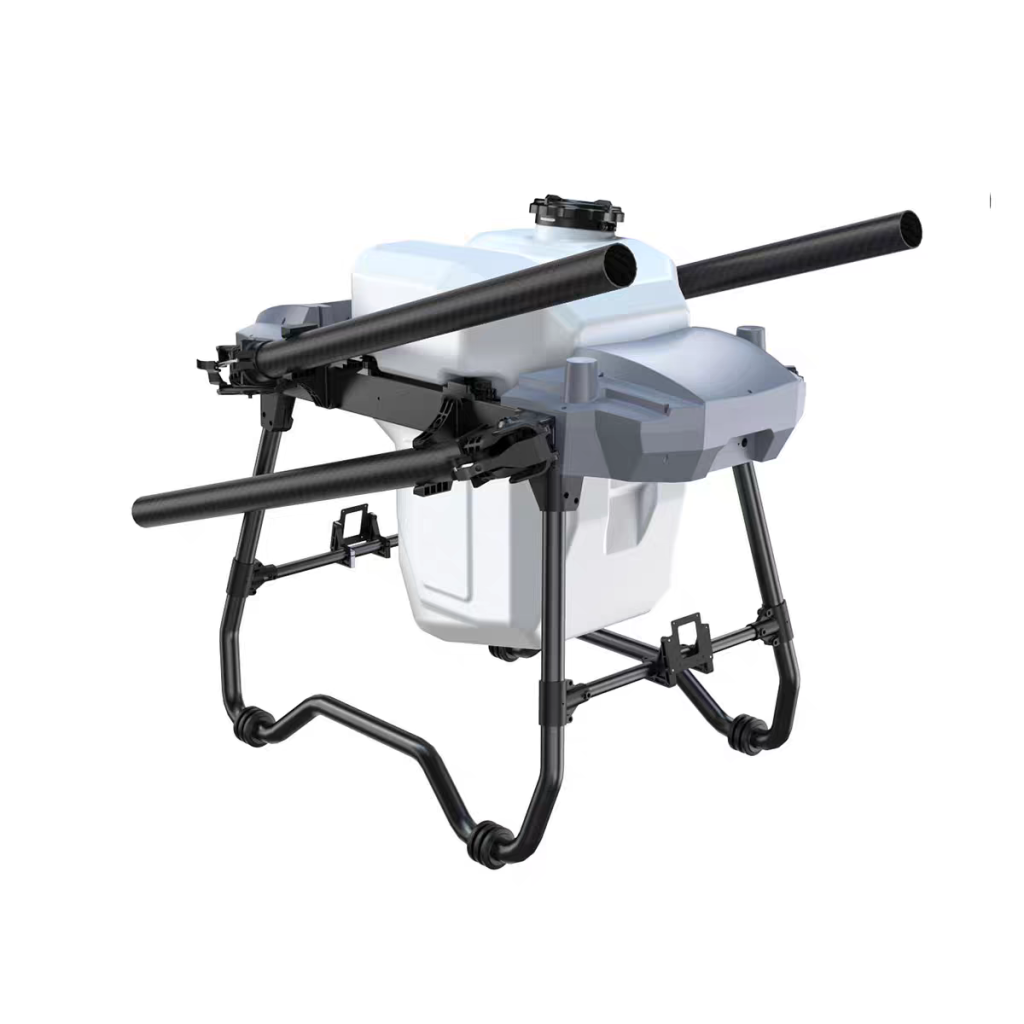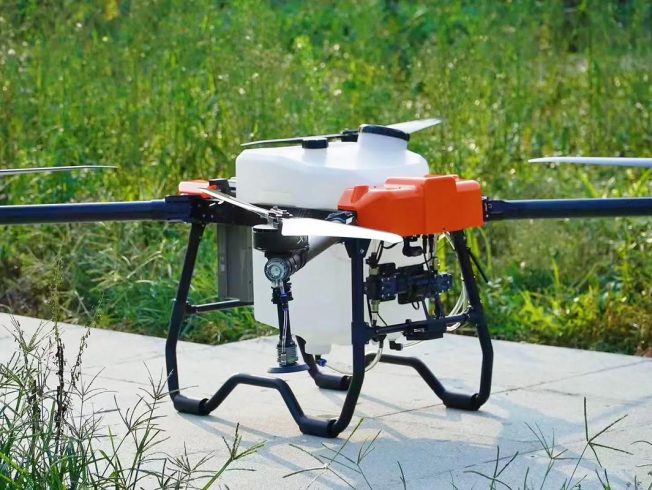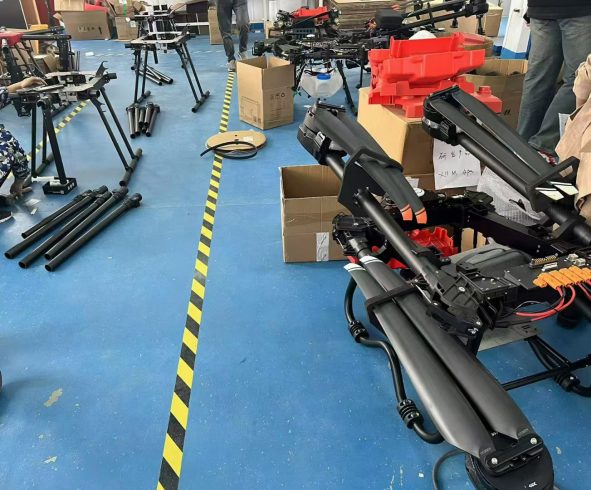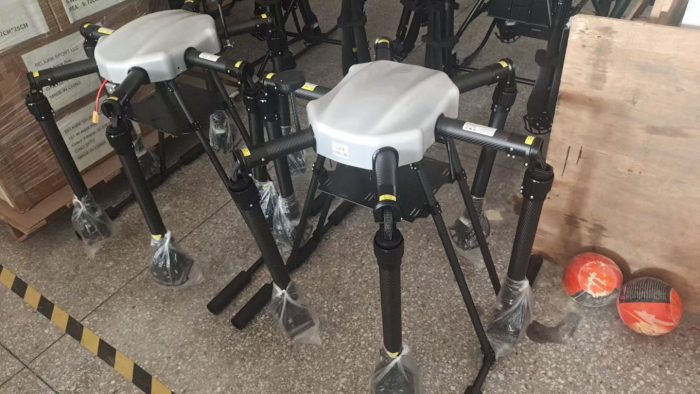
In China’s rapidly evolving agricultural landscape, drone technology is revolutionizing how farmers manage crops, combat pests, and optimize yields. However, the effectiveness of agricultural drones hinges on one critical factor: drone nozzle calibration. Proper calibration ensures precise pesticide and fertilizer application, reduces waste, and safeguards the environment. For Chinese drone manufacturers and farmers, mastering nozzle calibration is key to unlocking the full potential of precision agriculture. This article dives into the essentials of drone nozzle calibration, its impact on sustainability, and actionable steps to achieve optimal performance.
—
1. What Is Drone Nozzle Calibration?
Drone nozzle calibration is the process of fine-tuning spray nozzles to deliver consistent, uniform coverage across fields. It involves adjusting parameters like flow rate, droplet size, and spray angle to match crop needs and terrain. Calibration ensures that pesticides or fertilizers are applied accurately, minimizing overuse and environmental harm.
Key Components:
– Nozzle Type: Selecting flat-fan, hollow-cone, or other nozzles based on crop requirements.
– Flow Rate: Adjusting the volume of liquid dispensed per minute.
– Spray Width: Optimizing the swath width for efficient coverage.
For China’s diverse crops—from rice in Jiangsu to tea in Fujian—calibration ensures adaptability to varying field conditions and crop densities.
—
2. Why Calibration Matters
a. Improved Efficiency
– Accurate Coverage: Reduces overlap and gaps, saving 20–30% on chemical costs.
– Altitude Adaptation: Adjusts spray patterns for uneven terrains, such as hilly regions in Guizhou.
b. Environmental Protection
– Reduced Runoff: Precise application prevents chemicals from leaching into waterways.
– Pollinator Safety: Avoids harming bees and beneficial insects during flowering seasons.
c. Cost Savings
– Lower Chemical Waste: Farmers save up to 40% on pesticide expenses.
– Extended Nozzle Lifespan: Regular calibration prevents clogging and wear.
—
3. Step-by-Step Calibration Process
Pre-Calibration Checks
1. Inspect Nozzles: Clean debris and check for wear or damage.
2. Set Altitude and Speed: Match settings to crop height and field type (e.g., rice paddies vs. orchards).
Flow Rate Adjustment
– Use a graduated cylinder to measure liquid output over 1 minute.
– Adjust pressure valves to achieve target flow rates (e.g., 1–3 L/min for rice spraying).
Spray Pattern Testing
– Deploy water-sensitive cards to visualize droplet distribution.
– Ensure even coverage with minimal drift.
Post-Calibration Validation
– Conduct test flights in controlled environments.
– Analyze data via drone software to refine settings.
—
4. Challenges & Solutions
Nozzle Wear and Tear
– Problem: Corrosion or clogging reduces efficiency.
– Solution: Use stainless steel or ceramic nozzles and clean after each use.
Environmental Variability
– Problem: Wind or rain disrupts spray patterns.
– Solution: Integrate AI-driven weather sensors to pause operations during unstable conditions.
Operator Error
– Problem: Manual adjustments lead to inconsistencies.
– Solution: Automate calibration with IoT-enabled drones that self-adjust in real time.
—
5. Future Trends in Nozzle Technology
– Smart Nozzles: Sensors monitor droplet size and auto-adjust flow rates.
– AI Integration: Drones learn optimal settings from historical data (e.g., tea plantation patterns in Fujian).
– Swarm Calibration: Fleets of drones share calibration data to enhance accuracy across large farms.
As China advances its “Carbon Neutrality 2060” goals, precision nozzle calibration will play a pivotal role in sustainable farming, reducing agrochemical runoff and boosting yields for staple crops like wheat and corn.
—
Conclusion
Drone nozzle calibration is not just a technical step—it’s a cornerstone of modern agriculture. For Chinese drone manufacturers, delivering calibrated systems enhances customer trust and supports national sustainability initiatives. By prioritizing precision, farmers can protect yields, reduce costs, and contribute to eco-friendly practices. Embrace nozzle calibration today to cultivate a greener, more productive future for China’s fields.
Meta Description: Learn how drone nozzle calibration optimizes pesticide application, saves costs, and boosts sustainability. A must-read guide for Chinese agricultural drone users and manufacturers.












暂无评论内容